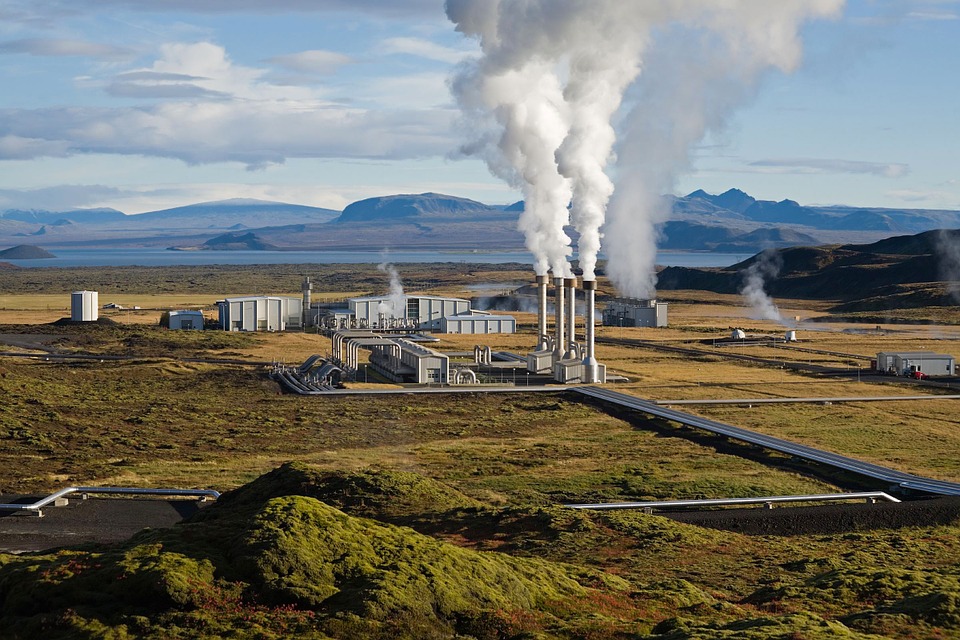Every year around Diwali, Delhi becomes reacquainted with its problem of air pollution. Residents too temporarily reopen their eyes to the truth that clean air has become a luxury good. The year 2017 was no different. The government undertook several short-term measures to mitigate the effects of an air quality index parked at hazardous. But people question if the government is adopting any long-term solutions.
Thankfully, the answer to that question is yes. Thermal power companies account for 80 percent of all industrial emissions of lung-damaging particulate matter, sulphur and nitrous oxides in India. Therefore, one of the long-term solutions is to upgrade countrywide coal-based power plants to meet stricter environmental norms. The fallout of this is that consumers will face higher electricity tariffs. The increase could range from 62 to 93 paise per unit in the first year of retrofitting.
What is retrofitting?
Retrofitting refers to the addition of new technology or features to older systems.When referred to with respect to power plants, the new technology or features can be aimed at improving efficiency, increasing output or reducing emissions.
What do the New Environmental Restrictions Entail?
The Ministry of Environment, Forest and Climate Change announced the new environmental standards in December 2015. The tighter standards will focus on drastically cutting emissions of:
- Particulate matter
- Sulphur dioxide emissions
- Oxides of nitrogen
- Mercury
New norms will also require power plants to reduce the utilization of freshwater. For more details about the new standards refer to this.
Who will Fund Retrofitting?
According to the environment and forest ministry, the estimated capital expenditure on retrofitting is between Rs 88 lakh to Rs 1.28 crore per megawatt. Though state-run financial institutions are facilitating loans to make all coal-fired power plants compliant by 2022, most of the cost is to be recovered from the consumers.
For more details about retrofitting and the ensuing change in cost structure, refer to this report by Reuters.
Conclusion
The average cost of electricity in India is around Rs.5 per unit and 75% of this electricity is provided by coal powered thermal power plants. Although, it is good news that the government in enforcing stricter environmental norms, the trade-off between environmental sustainability and economic viability is no longer necessary.
Last year, the per unit cost of electricity in solar power auctions fell down to a jaw-dropping Rs.2.44 per unit. Moreover, this wasn’t a one-off occurrence. For most of the solar power auctions occurring in the latter part of the year, the price per unit did not rise above Rs.3 per unit. Thus, we have already witnessed situations where protecting the environment and saving money can go hand in hand. For more information on how solar power works, refer to this video and to understand how a solar panel linked net meter bill is to interpreted, click here. So, to go solar, fill out the form below or click here or call +91-920-569-5690 and we’ll do the rest:

